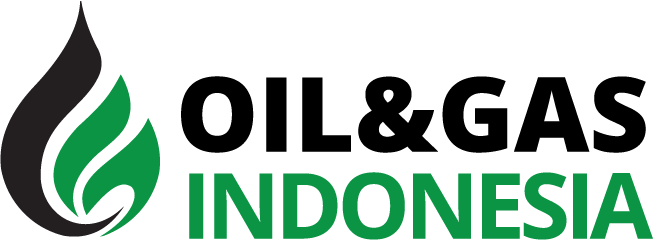The Customs and Excise Directorate General is on its way to achieving its goal of making Indonesia a distribution hub in Southeast Asia. One of the most challenging but crucial steps is developing a modern, IT-based bonded logistics storage center to allow for the cheap and highly competitive distribution of goods.
The move has been made in response to logistics-related issues that have long hampered trade and industry growth. The issues include Indonesia’s poor logistics performance; small and medium enterprises’ (SMEs) limited access to importing raw materials and exporting goods; and the development of business models that need facilitation, especially in regards to stipulations on commodities set by the customs and excise office.
The World Bank disclosed in its 2014 Logistics Performance Index that Indonesia ranked 53rd in terms of logistics work performance, far below Singapore that ranked fifth, Malaysia at 25, Thailand at 35 and Vietnam at 48.
With its poor logistics performance, Indonesia can only be a cog in the industry. At present, both imports of raw materials and exports of goods must pass through neighboring countries that act as distribution hubs.
For example, data from the Central Statistics Agency (BPS) in 2013 showed that as much as US$ 15.15 billion of a total $28.56 billion in oil and fuel imports from other countries came via Singapore.
Meanwhile, despite having big potential to contribute to national gross domestic product (GDP), SMEs have faced obstacles in export growth because of limitations resulting from internal and eternal factors.
When it comes to business models that have developed rapidly, the commodities sector has yet to develop optimally in Indonesia. Tin, for example, is highly prone to the effects of price volatility in the global market, requiring an effective policy, especially when prices fluctuate.
Apart from the absence of a tin price that can serve as a reference for the global price, a great deal of tin form Indonesia stockpiled in Singapore because of the lack of a bonded area for the commodities market for exports.
Based on the issues, the Customs and Excise Directorate General has concluded that the existing warehouse facilities have yet to accommodate business models of logistics services which require flexibility in the ownership of goods, the origin and destination of goods and storage terms. Facilities have yet to support SMEs’ access to the import and export of goods.
Aware of the issues, the Directorate General in compliance with a revised government regulation on bonded warehouse facilities, has initiated a bonded logistics storage center to replace the former bonded warehouse facility.
Tax Exemption
Under the bonded logistics storage center scheme, companies will be exempted from paying entry tax and import tax and will also be given permit facilities, as part of efforts to boost the competitiveness of SMEs.
The capability of IT inventories and standard operating procedures (SOP) of the recipients of the facility is also a crucial component, especially when it comes to supervision.
Developing “a national and or International bonded logistics storage center that aims to support cheap and efficient logistics distribution and support local industry growth” is a vision now becoming reality, according to Kukuh Sumardono Basuki, the Directorate General’s Customs Facility Director.
The storage center is expected to boost the competitive edge of logistics, which will speed up the flow of goods, reduce logistics costs, increase the number of logistics centers and also boost the competitiveness of SMEs.
In the long run, this will contribute considerably to the highly desirable growth of trade and industry. Business people, including those engaged in logistics companies, have hailed the government’s move as providing a fresh burst of energy in logistics development, saying that flexibility in payments over three years and exemptions from paying entry, import and duty tax would have a positive impact on their cash flows.
“With facilities in customs clearance, the goods [of our clients] could reach ports quickly and thus save costs and minimize the dwelling time at Tanjung Priok Port,” said PT Cipta Krida Bahari’s President Director, Iman Sjafei.
Kurnia Ariawan, Chief Financial Officer of PT. Petrosea in Balikpapan, said that the government’s move to initiate the logistics storage center was a win-win solution for related stakeholders, including the government, Upstream Oil and Gas Regulatory Special Task Force (SKKMigas), the Customs and Excise Directorate General and the private sector.
The bounded logistics storage center would accommodate the needs of businesses in terms of efficiency and cost saving, said Kurnia.
In the past, goods from clients from the country’s eastern regions, for example, had to be sent to Malaysia or Singapore as distribution hubs before going to Balikpapan warehouse facilities, “Now, the logistics storage center will end that long tradition and thus, minimize the cost recovery that the government must pay in the context of oil and gas,” said Kurnia.

